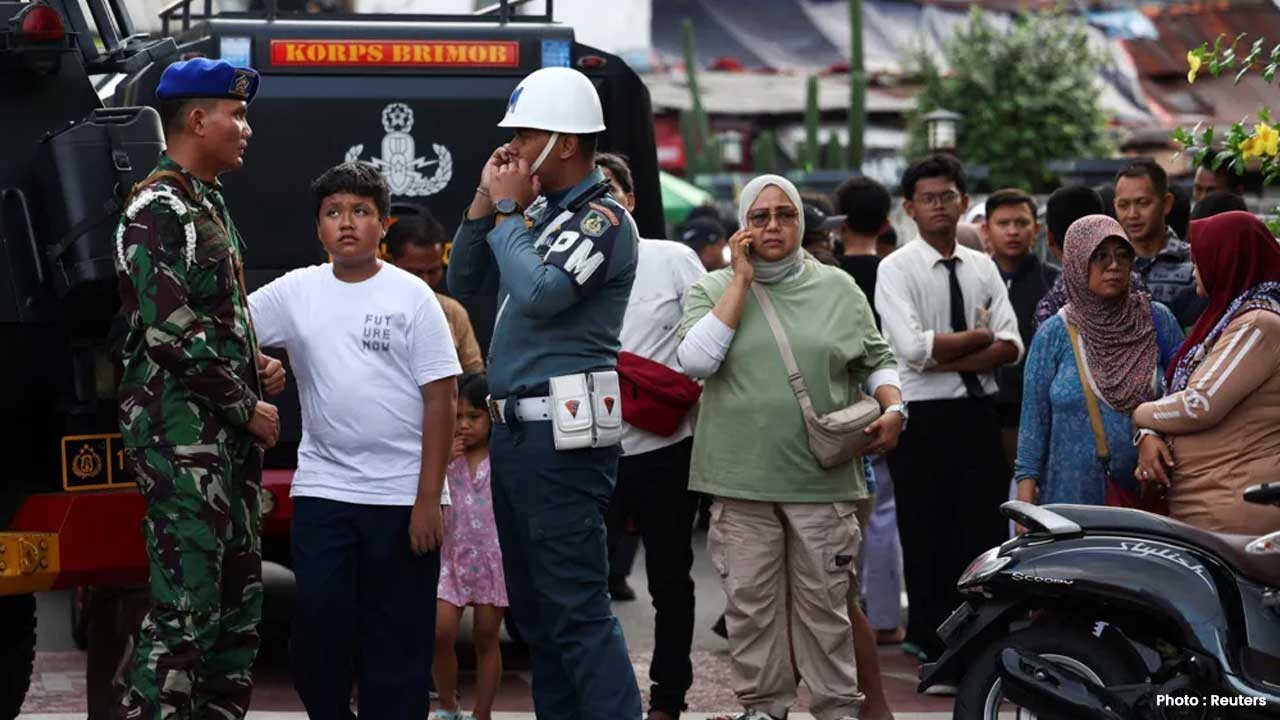
Injuries Reported from Jakarta Mosque Blast Amid P
A mosque explosion in Jakarta's high school injured many. Authorities are investigating as locals aw

In recent days, the air quality in Delhi, Gurugram, and surrounding areas has significantly deteriorated, with a thick smog enveloping the region. Residents are facing issues such as coughing, chest discomfort, irritated eyes, and shortness of breath. Medical professionals emphasize the importance of looking after our lungs and adjusting our breathing practices during these times.
Dr. Piyush Goel, a seasoned pulmonologist at Narayana Hospital in Gurugram, has recommended an easy yet effective breathing exercise known as the 20-20-20 technique. This method is particularly beneficial for individuals in polluted environments and can be performed comfortably at home without any special equipment.
Dr. Goel points out that during pollution episodes, many individuals tend to breathe shallowly and rapidly, which fails to supply sufficient oxygen to the body. The 20-20-20 technique assists in correcting this unhealthy pattern, encouraging deeper and more soothing breaths.
To practice this exercise, find a clean indoor space, preferably near an air purifier if available. You can either sit or stand comfortably.
Here’s how to do it:
Inhale slowly through your nose for 20 seconds, completely filling your lungs.
Hold your breath for 20 seconds. If this is challenging, start with 10 seconds and gradually increase the duration.
Exhale gently through your mouth for 20 seconds, allowing the air to exit your lungs entirely.
Dr. Goel notes that slow and deep breathing allows for full lung expansion, enhancing the exchange of oxygen and carbon dioxide in the lungs' air sacs. A brief breath-holding period provides the lungs with extra time to utilize the air efficiently. Gradual exhalation also assists in removing stale air and trapped pollutants.
This practice strengthens lung capacity and improves respiration while also calming the mind, which can often feel stress during high pollution levels.
While this exercise is beneficial, it is advisable to stay indoors during peak pollution hours, wear masks when necessary, maintain hydration, and ensure indoor air remains clean.
The 20-20-20 breathing technique is straightforward, safe, and effective for individuals of any age. Regular practice can significantly enhance lung health and help the body cope better with polluted air.